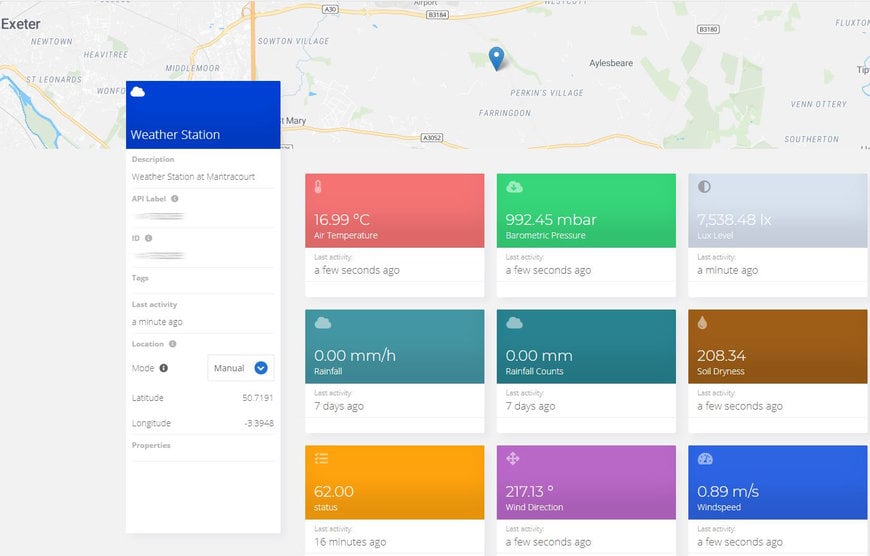www.magazine-industry-usa.com
21
'22
Written on Modified on
How to implement wireless remote monitoring
Signal conditioning and sensor system specialist Mantracourt has released a new guide to remote monitoring, exploring the benefits of remote monitoring technology and the applications where it is most effective. These include temperature, humidity and pressure monitoring in industries such as agriculture, food and beverage, civil engineering and construction. Furthermore, the new whitepaper explains the three steps to follow to achieve the best results from a wireless sensor installation.

New whitepaper discusses the benefits of remote monitoring technology and guides customers through successful wireless sensor installation.
Remote monitoring technology offers the most convenient and cost-effective way of managing system performance across a variety of industrial sectors, such as agriculture, food and beverage manufacturing, construction and civil engineering. Mantracourt’s latest industry whitepaper breaks down how site managers can use cloud-based remote monitoring platforms to optimise their data monitoring systems, reduce operating costs and save time.
“Site managers recognise the benefits of being able to store and analyse all their data in one easy-to-use umbrella platform, rather than having to consolidate several complex spreadsheets,” explained Robert Badcock, managing director of Mantracourt. “Furthermore, cloud-based tools, like our SensorSpace® platform, can be easily set up to automatically send SMS, email and app-based alerts if problems arise, such as an unexpected change in a system’s operational parameters. This could be something like pressure loss on a CO2 gas cylinder in an agricultural setting or a sudden drop in temperature in the pre-heating process at a manufacturing facility.”
The new whitepaper also details the essential steps needed to successfully implement wireless sensor technology, something that often goes hand-in-hand with cloud-based remote monitoring platforms.
“Modern wireless sensors provide precise test and measurement capabilities in a portable and flexible package, making them an attractive option for asset managers looking to easily gather data from manufacturing equipment. However, to reap the full benefits of wireless sensor technology, there are a few important steps that must be followed,” added Badcock.
“The first step to successfully implementing wireless sensor technology is to undertake a site survey to determine on-site signal strength and data capture capabilities, as well as identify any dead spots. Next, you should select the appropriate power supply and backups to extend your device’s lifespan. Finally, you should select the most appropriate data storage solution since this will impact analytical capabilities,” concluded Badcock.
To download the new whitepaper for free and find out how to implement remote monitoring and wireless sensor technologies in more detail, visit the Mantracourt website at https://about.sensorspace.com/white-paper/.
www.mantracourt.com

